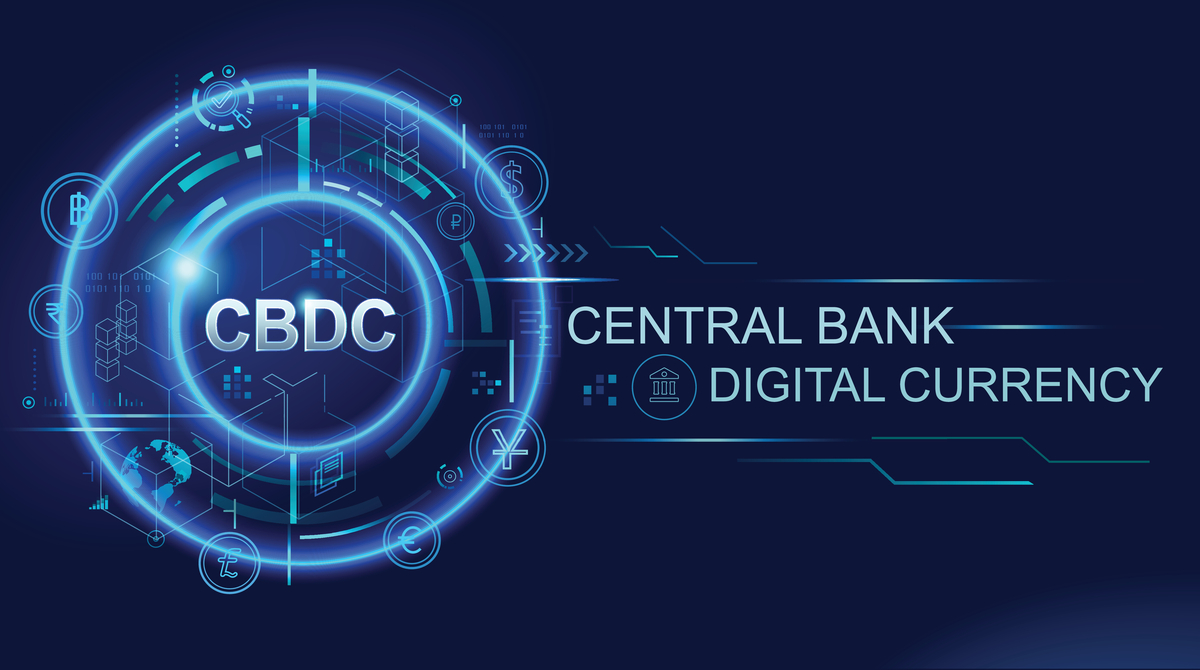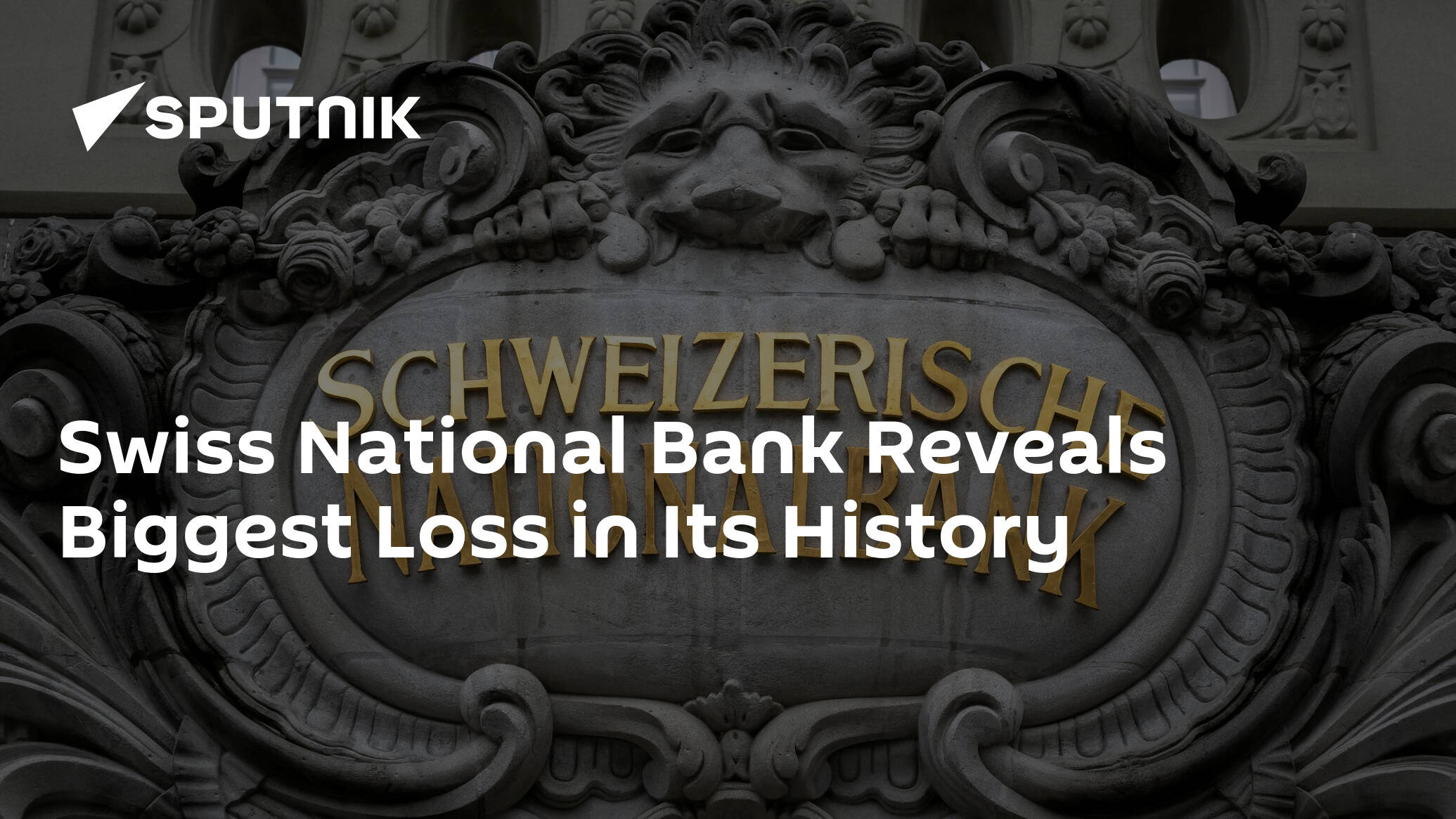According to a report that was released this week, the use of digital currencies by central banks is going to start soon, countries are preparing for virtual money and or comprehending the idea that underpins them, and there is not much that may be done to stop this from happening.
In its report, The Wall Street Journal addressed the issue of sophistication, noting that despite the fact that “few people still understand it,” digital currency is a “game-changing development” that “could have a fundamental impact on the banking system.” This statement was made despite the fact that “few people still understand it.”
According to the publication:
The phrase “digital money issued by central banks” doesn’t exactly flow smoothly off the tongue. However, you should probably get accustomed to pronouncing it. According to experts who research this, the so-called CBDCs, also known as digital equivalents of dollars, yuan, euro, yen, or other types of money, will soon become available. And the magnitude of their influence on the financial system will be directly proportional to how they are conceived of and implemented.
According to a report by the Wall Street Journal, “114 nations are exploring digital currencies,” and their combined sectors of the economy reflect more than 95% of the world’s GDP. This information was obtained from the Central Bank Virtual Currencies tracker maintained by the Atlantic Council. “Digital currencies have already been implemented in certain nations, including China, India, Nigeria, and the Bahamas, among others. Others, like Sweden or Japan, are getting ready for potential rollouts, now.
Although Federal Reserve Chair Jerome Powell had already indicated that the United States Banking System has no plans to create a digital currency and won’t proceed without direction from Congress, the United States is conducting research on the topic and has conducted tests using a variety of technologies that could be used to enable such a currency.
But it is evident that the United States may be an anomaly; the only possible advantage we have is that the actual dollar (not a virtual buck) is the reserve currency for the whole globe at the moment. But I don’t think this will continue very long.
The Wall Street Journal made notice of the fact that nations are, for the time being, kind of winging it, establishing virtual currencies all on their own without actually coordinating the effort, which makes the situation even more precarious and unclear. According to the paper, CBDCs may be “basically separated into two sorts: those meant to be used by banking institutions as well as those designated to be used by the ordinary public.” In general, nevertheless, CBDCs can be approximately classified into two types.
The first kind will be utilized for transfer among central banks and commercial banks, and as a result, this should be very straightforward in terms of both its execution and its comprehension. After all, for some decades now, American workers have had the option of being “digitally paid,” which refers to the practice of having their wages electronically sent from an employer to their bank account rather than receiving a physical check or cash payment.
The paper went on to explain that “the second sort of CBDC seems to be a digital counterpart of fiat money made accessible to the public via accounts maintained by either a central bank or a major bank.” “From the point of view of an average individual or company, this kind of CBDC is not any different from digital money that is now stored in their bank accounts; it’s simply a digital dollar.
“The fact that these sorts of CBDCs are produced and stored in accounts to which a central bank has direct access is what distinguishes them from other types of CBDCs. According to the paper, “if there was another pandemic, for instance, the Federal Reserve could simply deposit stimulus “checks” into the digital-currency accounts of each and every resident of the United States.”
However, here is where things start to become complicated. In a representative republic, where authority is shared (in this order) between the person, the state, and the federal government, the only institution that has a central bank is the federal government; the states do not. Furthermore, the United States government is in control of both the production of the currency and the oversight of its circulation. Therefore, in an entirely digital environment in which there is no real currency (tangible cash, bullion, platinum, silver, gold, etc.), the federal government would literally control every bit of money at all times. This is a frightening proposition, especially in light of how dictatorially the Biden government has behaved in relation to a previous president, Donald Trump, as well as the people who support him.
What will take place in the future should there be a pro-MAGA protest that the deep state, which is governed by Democrats, does not approve of? In a future where there is only digital cash, the government would have the ability to physically seize (or delete) their digital assets at any time.
Free Speech and Alternative Media are under attack by the Deep State. Real News Cast needs reader support to survive. Please Contribute via GoGetFunding



